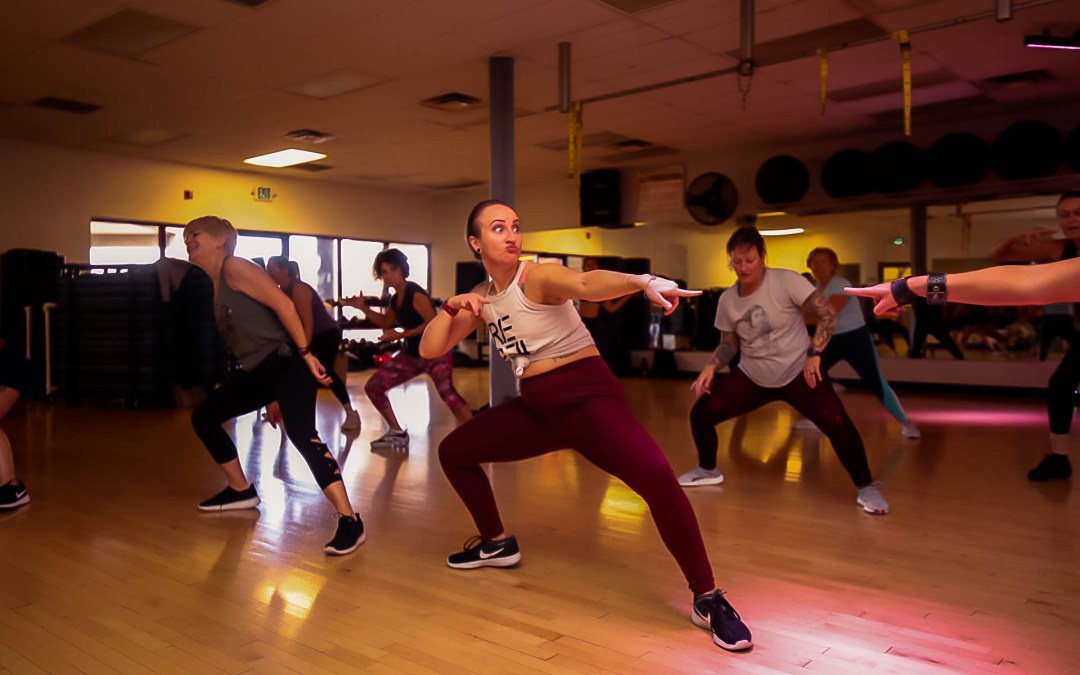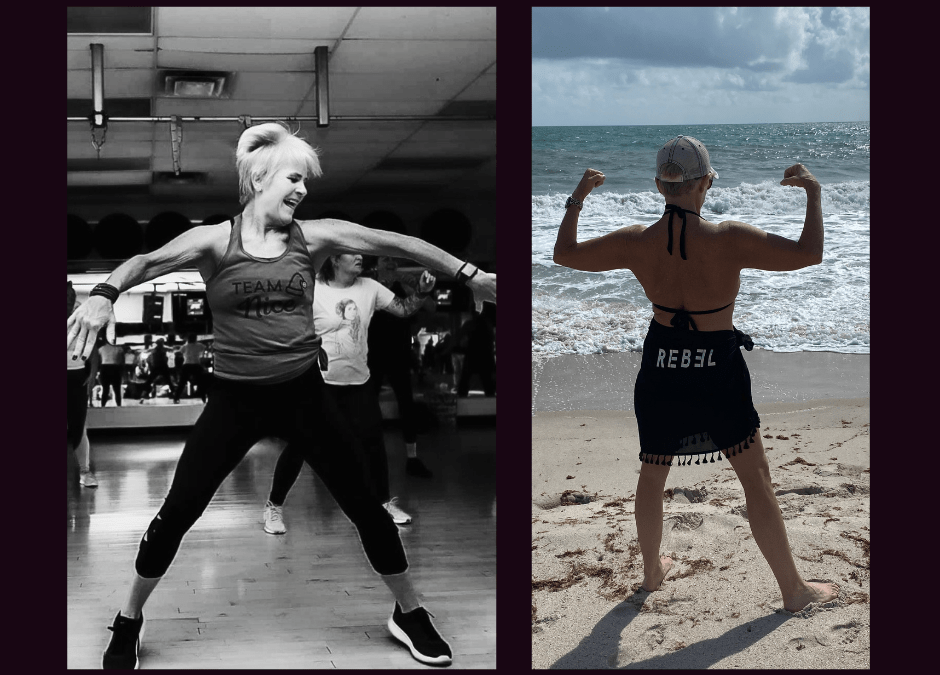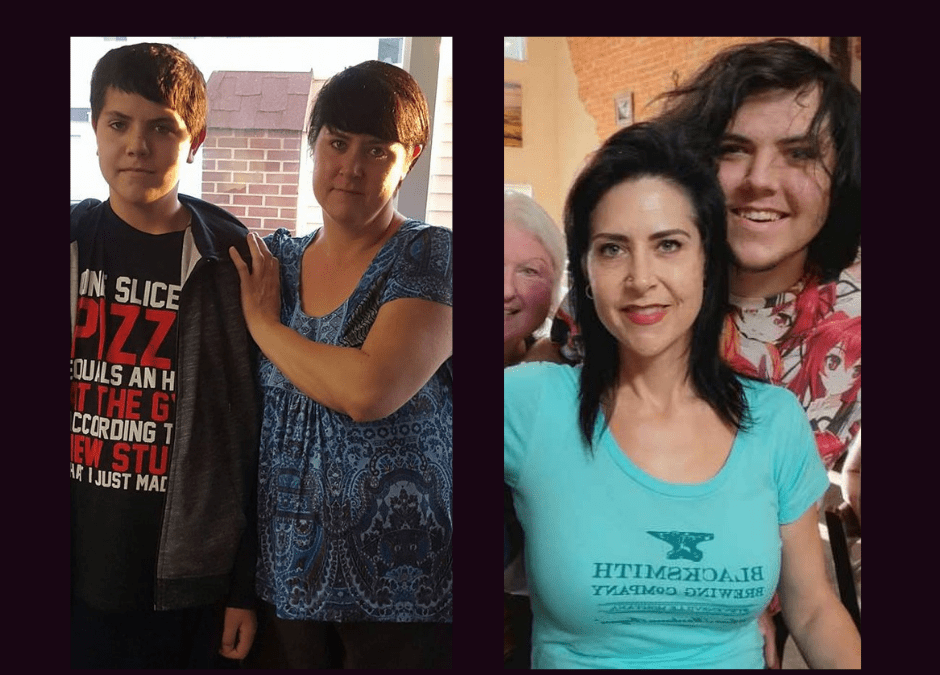REST AND RECOVERY AFTER EXERCISE
There is always a lot of talk about the importance of making time for exercise, working out harder, and pre-workout nutrition; however, post-exercise rest and recovery are equally important in achieving your fitness goals.
Specifically for the goal of building muscle strength and endurance, adequate rest time allows the muscles to repair and rebuild stronger. That is called adaptation to stress. When the body is subjected to stress, given the appropriate circumstances, it will adapt to the stress, recover stronger and then more stress can be added. If there is too much stress and not enough time to adapt and recover, this can be a setup for injury. An optimal recovery time is 48-72 hours for the specific muscles worked. In other words, if you have a heavy leg day, it would be best to avoid working those same muscle groups again for 48-72 hours.
Exercise, whether strength training or cardiovascular exercise, leads to a decrease in the body’s energy stores of glucose in the muscle called glycogen, loss of fluids and electrolytes, and causes muscle tissue breakdown (catabolism). Adequate time is necessary to allow the glycogen stores to replenish, rehydrate the body, and allow time for damaged muscles to undergo repair. If this is neglected, performance and outcomes will suffer.
Short-term recovery would be immediately after an exercise session such as immediately after a Groove or strength class. The short-term recovery typically includes a cool-down at the end of the class to bring heart rate and blood pressure down back toward normal and then post-exercise nutrition. The nutrition should focus on providing glucose for rebuilding glycogen stores and protein for muscle protein synthesis as well as fluids and electrolytes for rehydration. Although it is often recommended to eat fairly soon after the session such as within an hour, although this is a good habit, it is not critical.
Specifically with high-intensity exercise including both strength training and cardiovascular exercise, rest days are used. A typical recommendation would be one rest day for every seven to ten days of exercise. Many people choose one day out of the week to be their rest day. A rest day can either include active recovery or passive recovery. Active recovery includes low-intensity exercise such as walking, playing golf, or easy cycling. Passive recovery is more sedentary in nature. My preference is for active recovery, as this will aid in circulation and decrease muscle soreness. In general, if one’s weekly exercise is of lower intensity, this will require less rest.
One of the most important factors in recovery is sleep. Prolonged periods of decreased sleep increase stress hormones such as cortisol, decrease human growth hormone, and impair tissue repair and decrease energy, motivation, and focus. The CDC estimates that one of every three adults does not get adequate sleep. Adults need seven to nine hours per night. Elite athletes likely require even more. Also, power naps can be very useful as well with higher intensity training. Also, not all sleep would be considered restorative. Many people suffer from sleep apnea where sleep is disrupted and restorative sleep is not obtained. Some of the symptoms would be daytime grogginess, not feeling as if one has had adequate sleep, and snoring. There are tests that can be done to determine if one has this diagnosis. There are even monitors one can purchase that monitor your sleep, which are used by many athletes. However, if you feel well-rested when you wake up and wake up even without an alarm, chances are good that you are achieving adequate sleep.
There are other modalities that can be used to assist with recovery and make one more comfortable such as compression garments, which aid in circulation; warmth; lymphatic drainage; cryotherapy, which could be anything from a cold pack to a cryotherapy center; and, my personal favorite, massage therapy.
Just as there is an appropriate dose of exercise frequency and duration, it is equally as important to allow for the appropriate amount of rest and recovery depending upon your specific needs.
Specifically after a Groove class, a nice night out for dinner with friends is an excellent start!
–Written by amazing REB3L Groove Instructor Allie Fall, M.D.
Allie is a physician specializing in Physical Medicine and Rehabilitation. Her clinical practice consists of diagnosing and treating musculoskeletal and neurologic injuries. She has over 30 years experience in the fitness industry as an instructor, gym owner, NPC physique competitor and REB3L Groove instructor.



